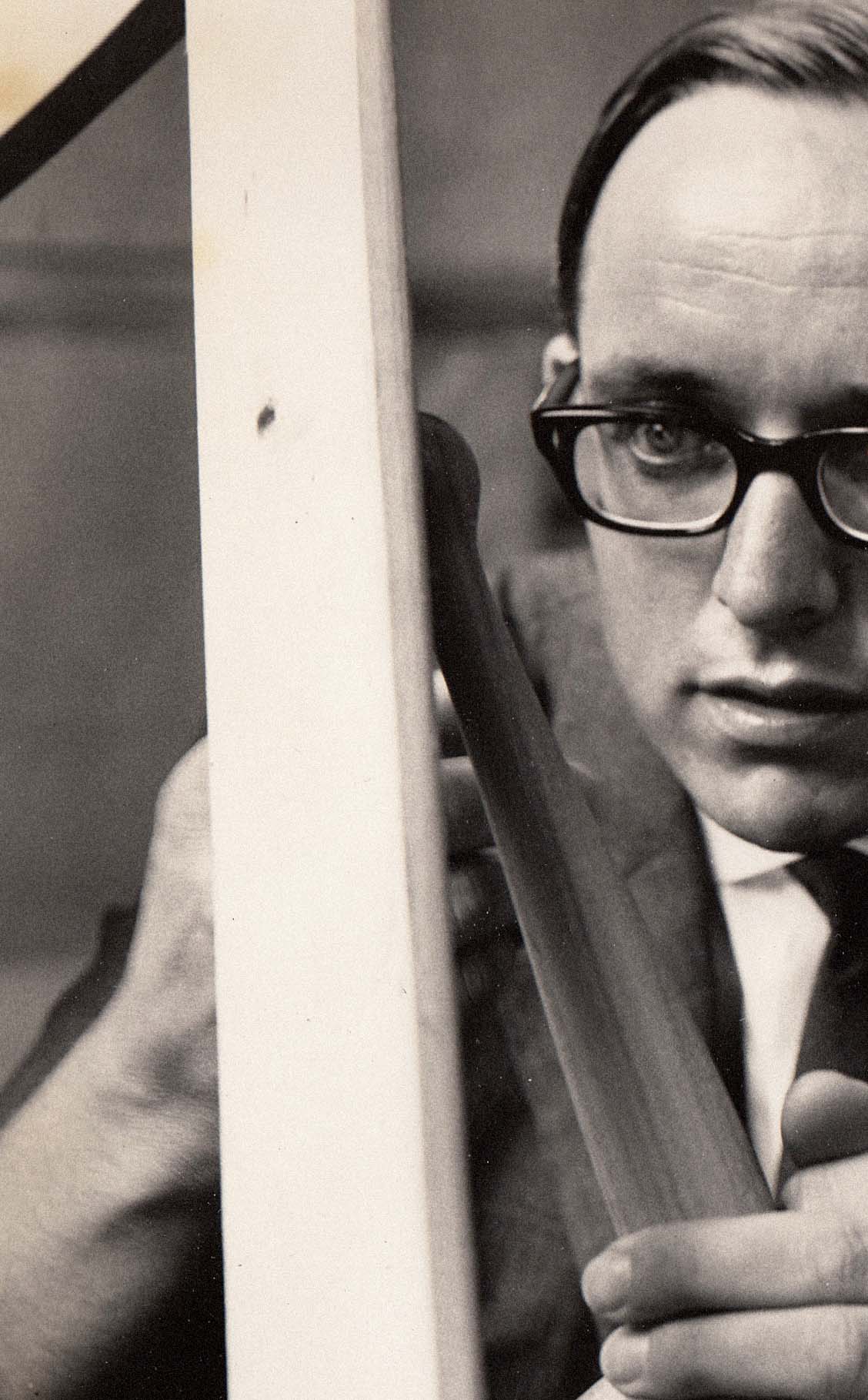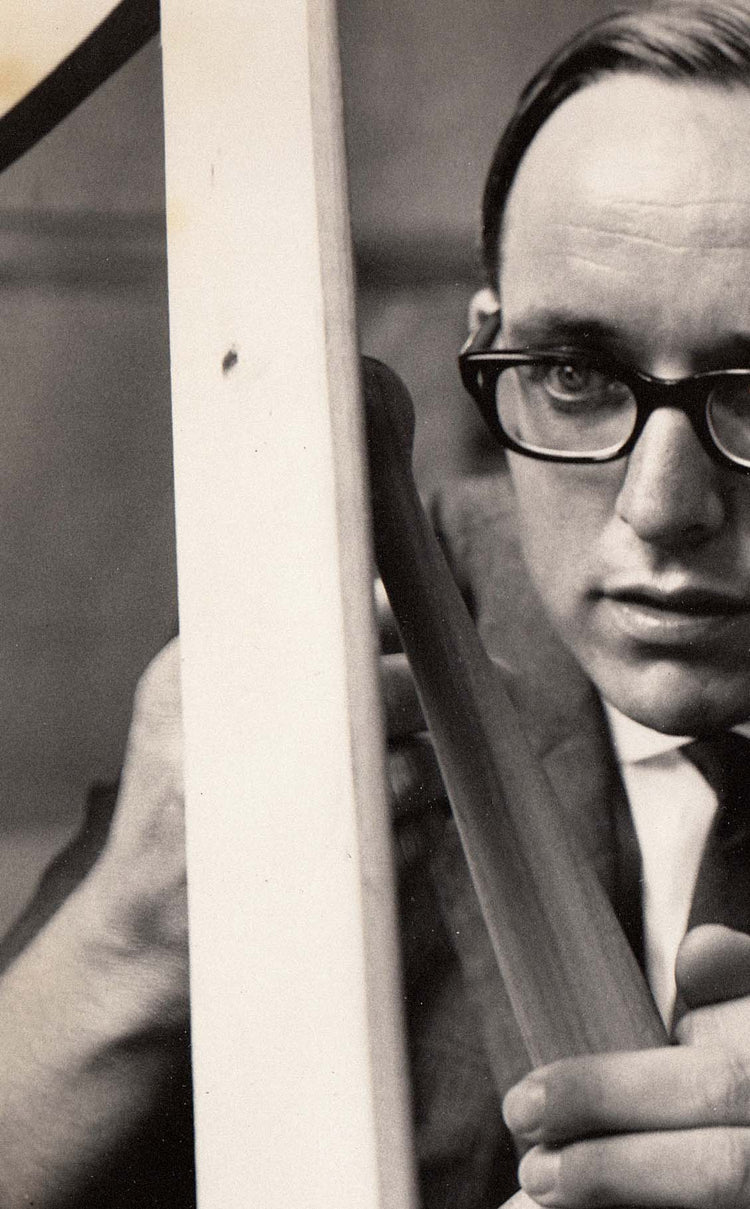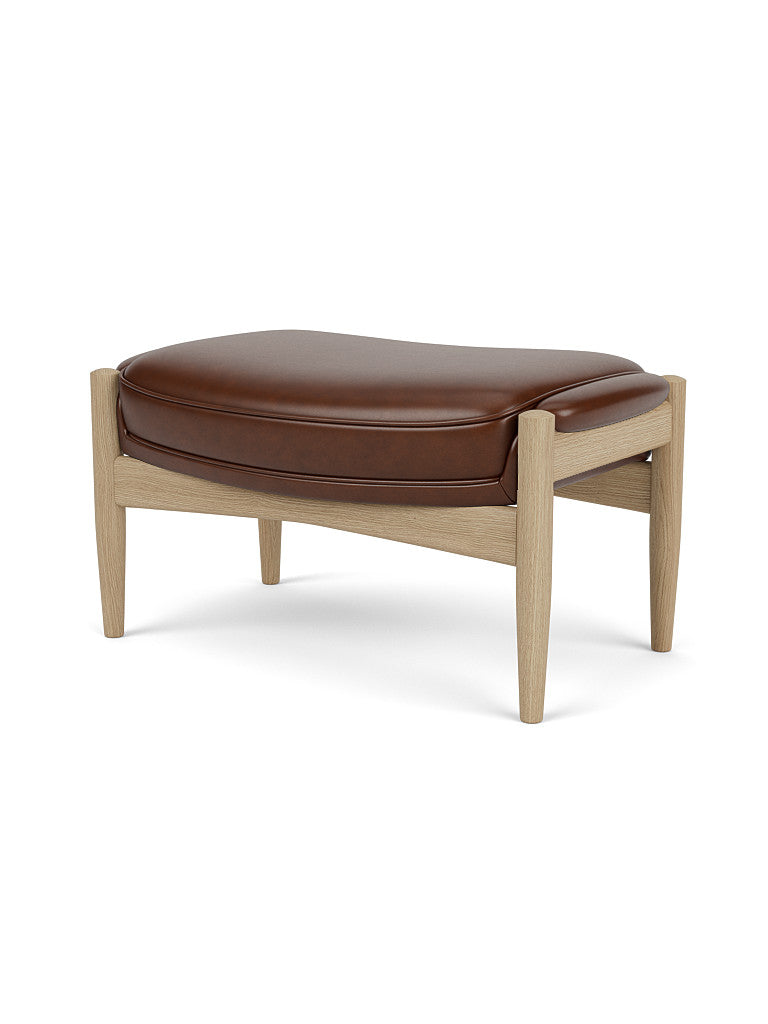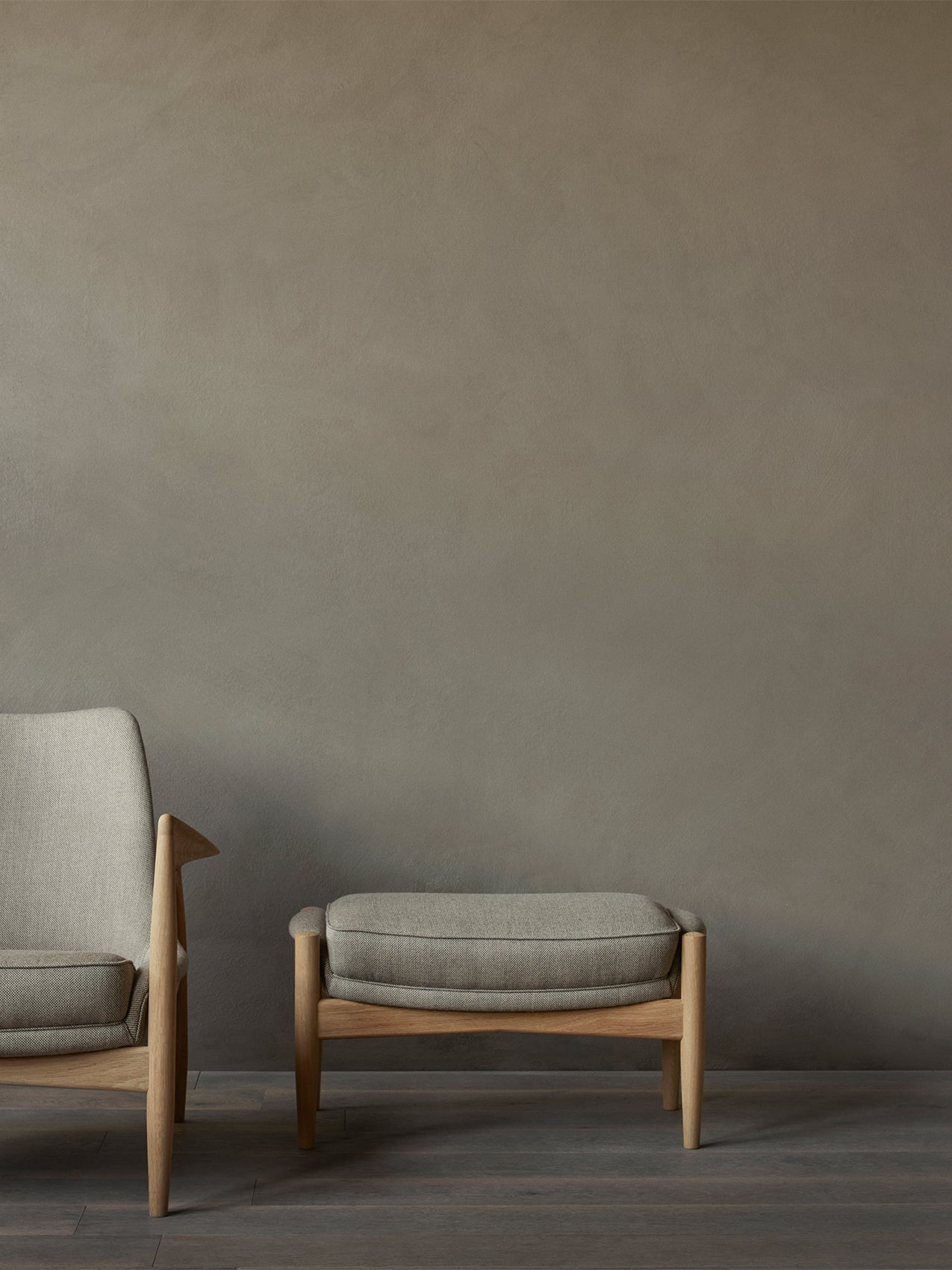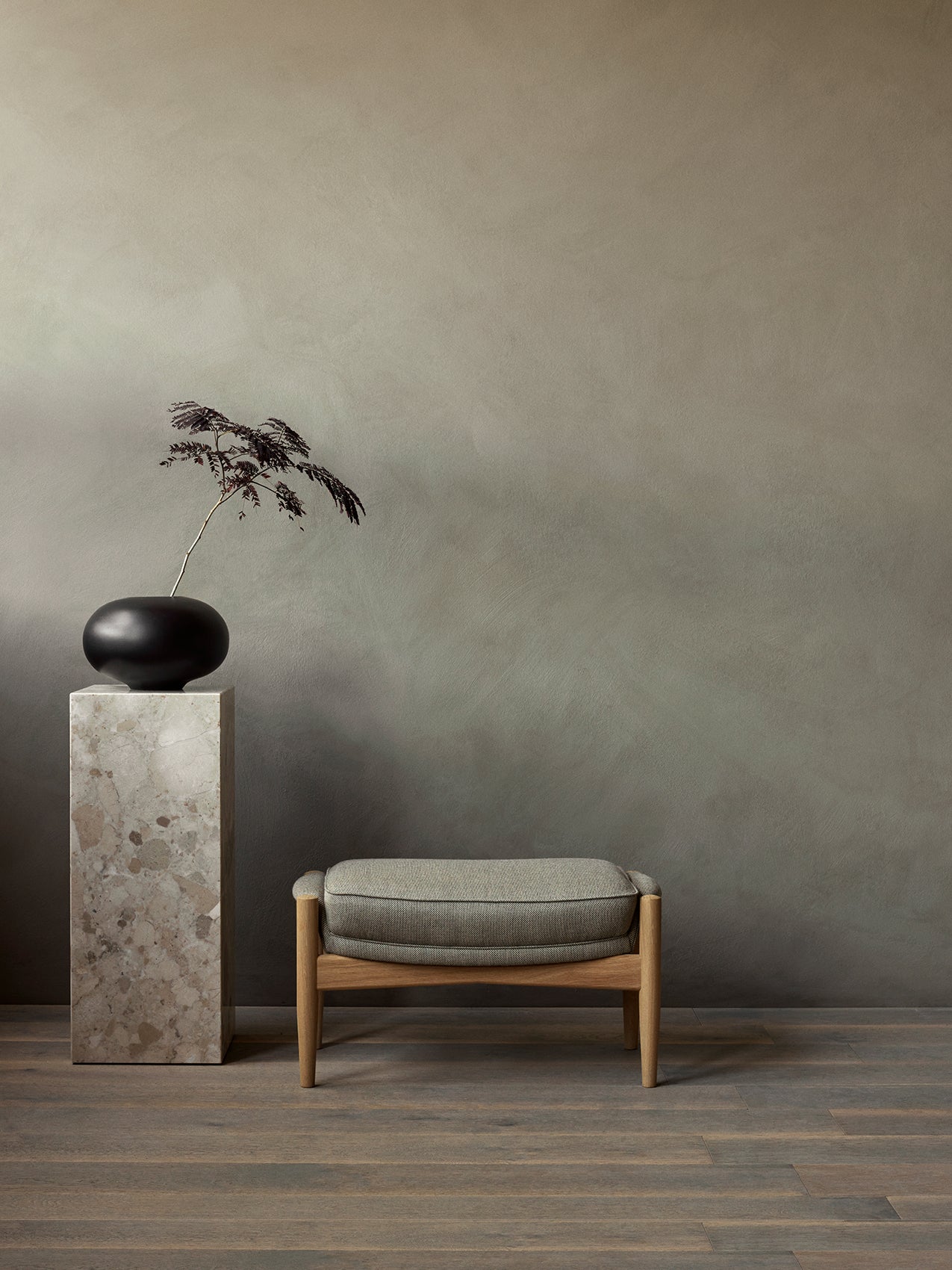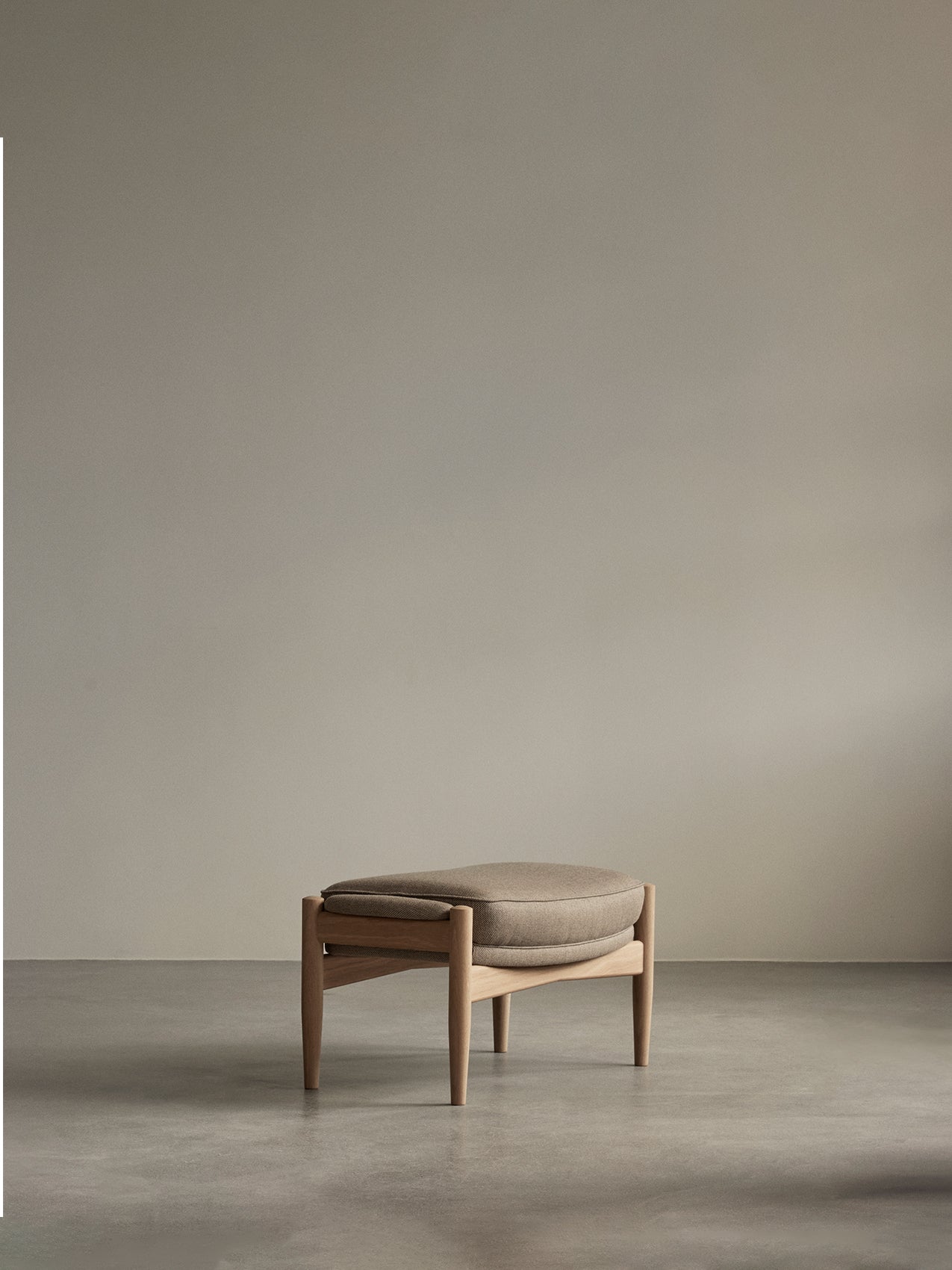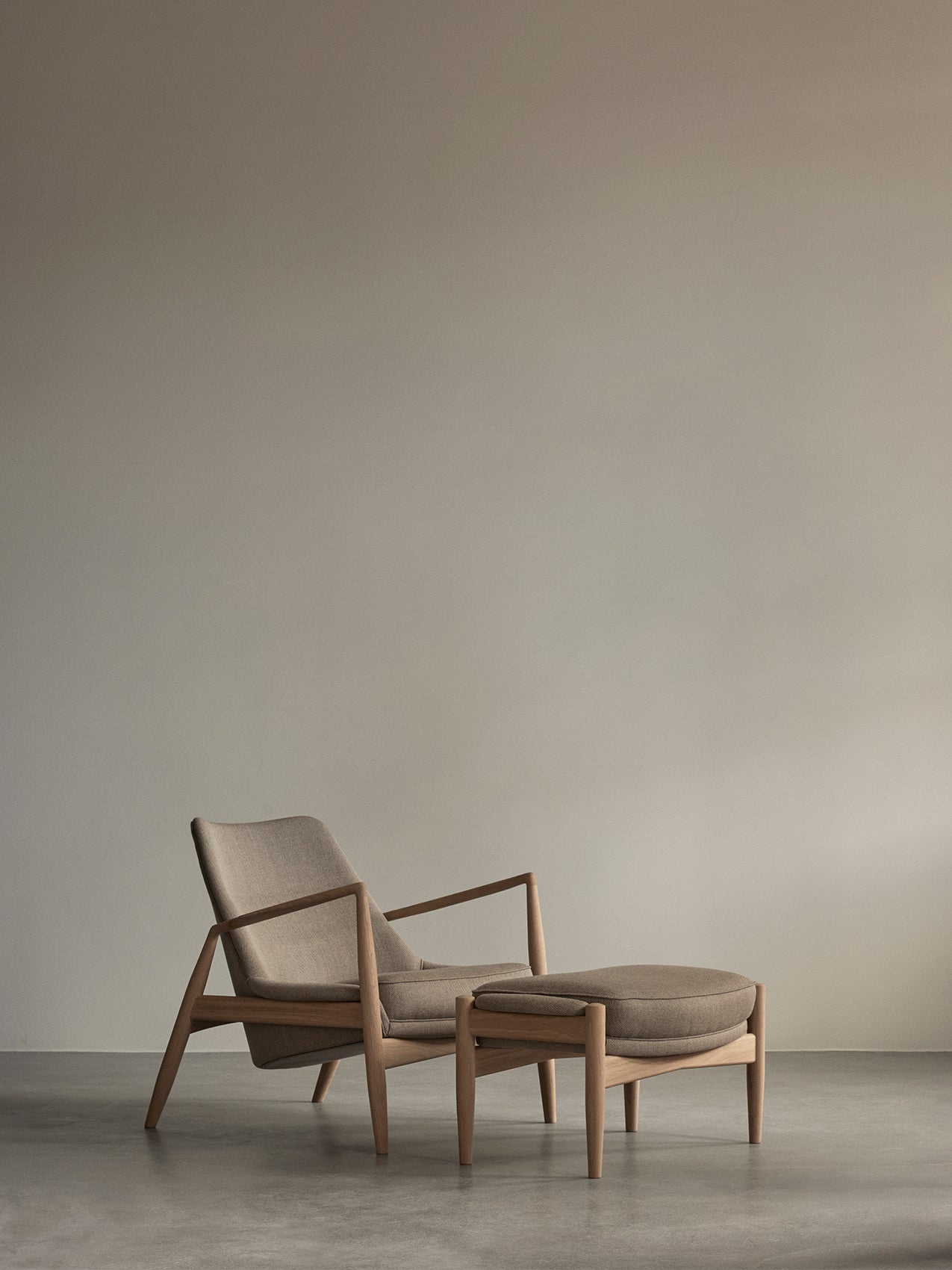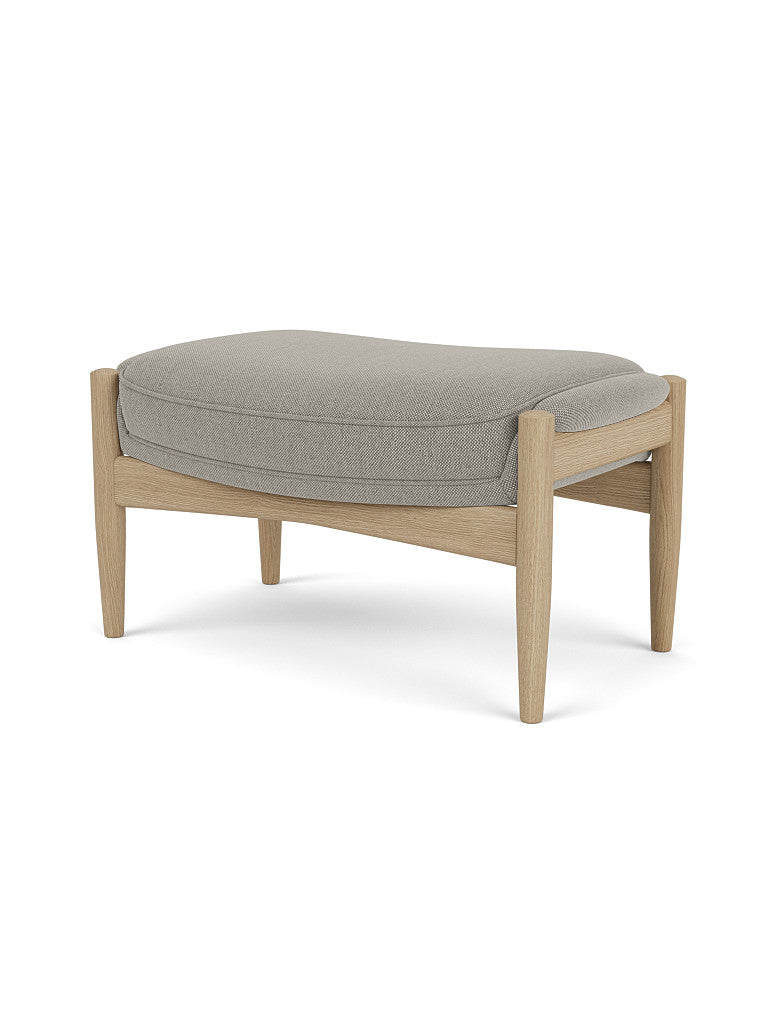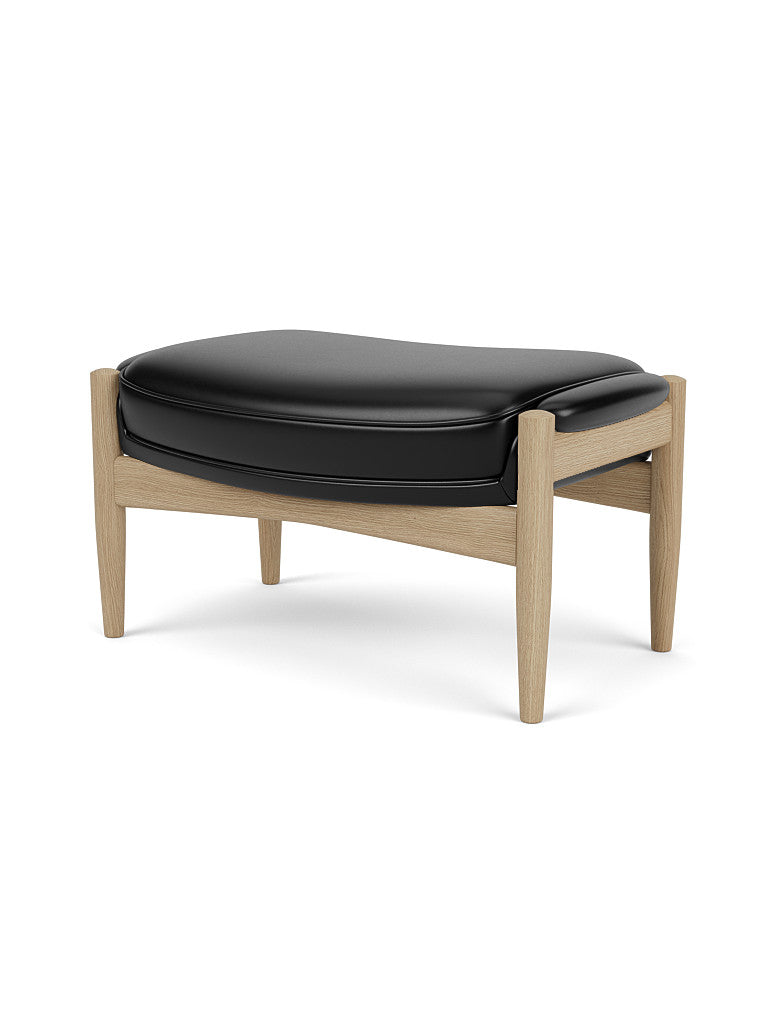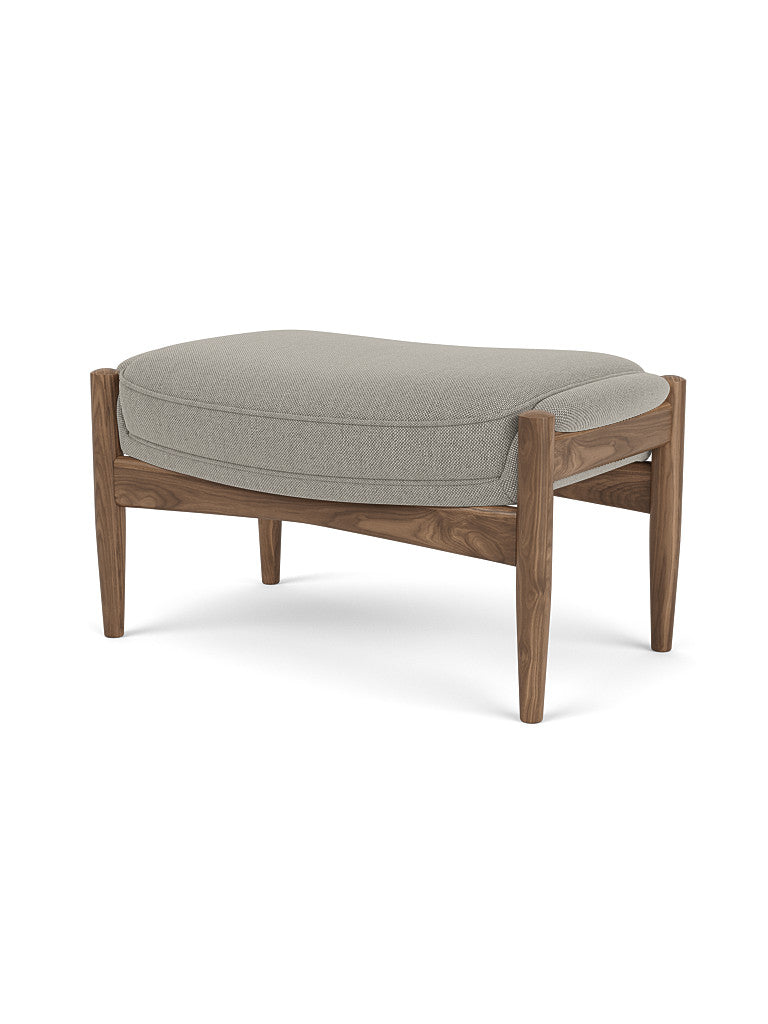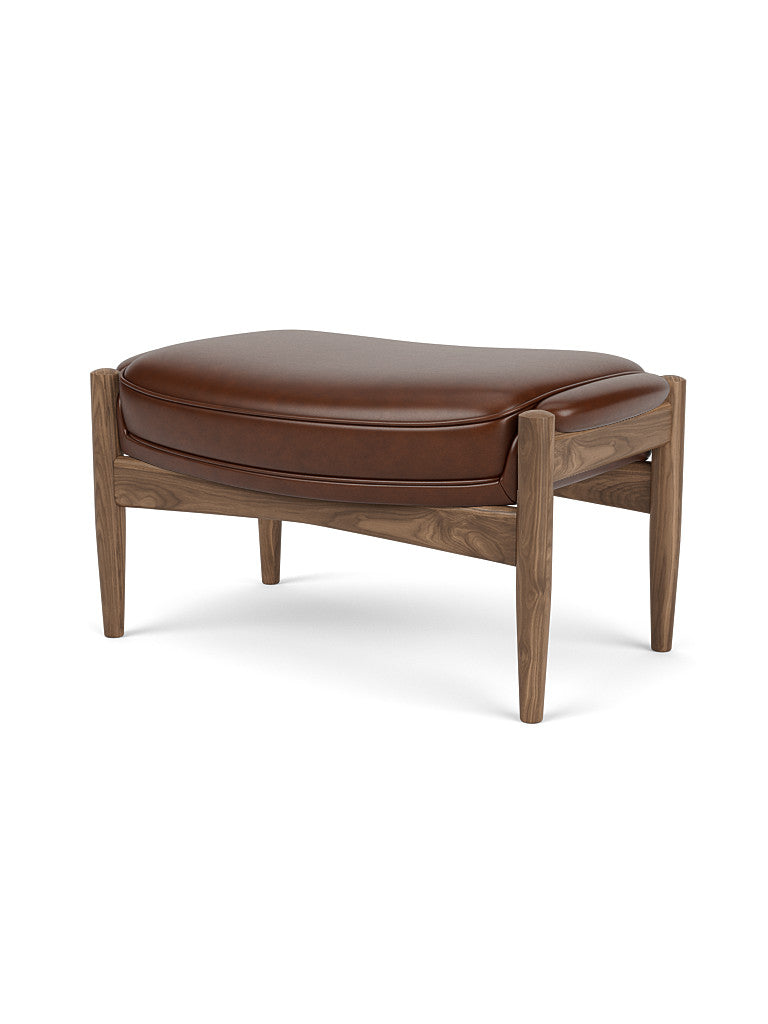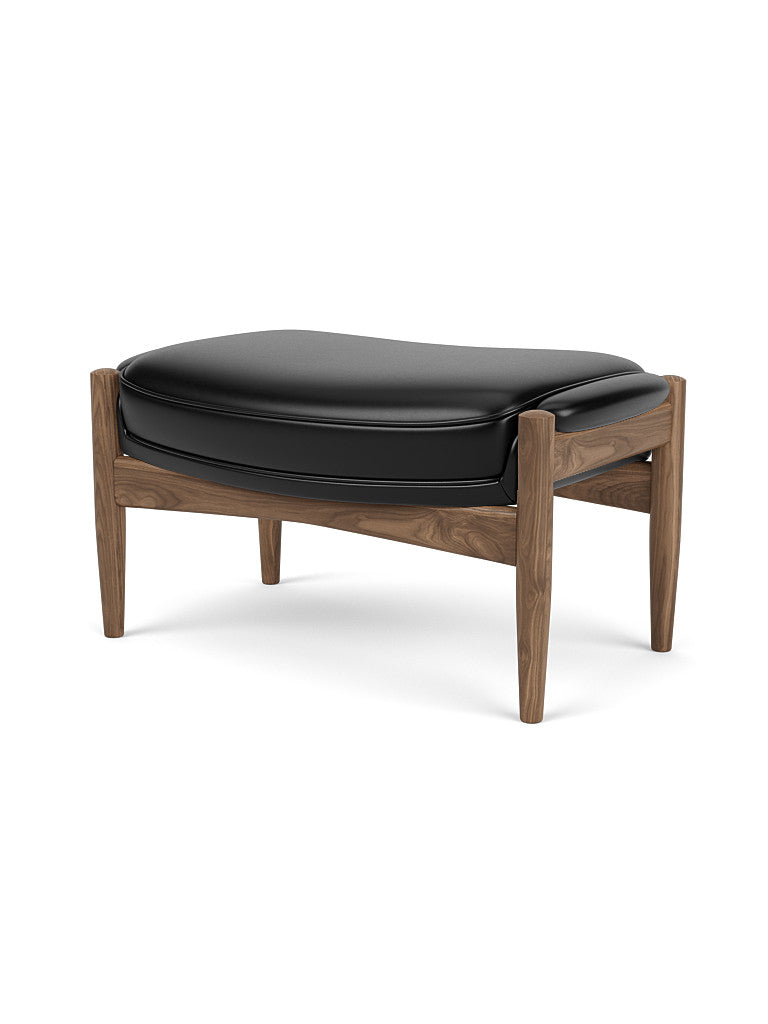The Seal Ottoman
The Seal Ottoman
Designer Ib Kofod-Larsen
The Seal Ottoman
The Seal Ottoman
Designer Ib Kofod-Larsen
SKU 71170-003933
Complete with:
The Seal Ottoman
The Seal Ottoman
Designed in 1952 to complement The Seal Chair, this corresponding Ottoman offers the same signature attention to detail, comfort and organic forms that have made Ib Kofod-Larsen a pioneer of mid-century modern design. Named after the Swedish ski resort, Sälen, The Seal is a fine example of Ib Kofod-Larsen's organic design and focus on detail and comfort.
Height
17.72 in
Width
29.53 in
Depth
15.75 in
Materials
Oak or walnut, plastic, steel, solid beech, plywood,
foam, felt, quilt foam, pocket springs, rubber.
Free Large Item Shipping on Orders Over $100
Oversized Returns
We cannot accept returns on this item or other oversized/bulky furniture and large lighting items due to their large and to-order nature.
read more returnsDakar, 0329
This chrome- and vacuum-tanned, full-grain aniline leather has a waxed surface for an exceptionally soft touch and a glossy finish that highlights its natural texture. Becoming more comfortable over time, it provides a supportive and cosy seating experience and develops a distinctive patina that adds character and uniqueness to each piece of furniture.
0 1 2 3
Cal 117
3
Brown
100 % Aniline Leather
0.9 - 1.1 mm
Nevotex
Colors:
Materials:
Dakar, 0842
This chrome- and vacuum-tanned, full-grain aniline leather has a waxed surface for an exceptionally soft touch and a glossy finish that highlights its natural texture. Becoming more comfortable over time, it provides a supportive and cosy seating experience and develops a distinctive patina that adds character and uniqueness to each piece of furniture.
0 1 2 3
Cal 117
3
Black
100% Aniline Leather
0.9 - 1.1 mm
Nevotex
Colors:
Materials:
Re-Wool 0218
Re-wool is a luxurious upholstery fabric that champions sustainability. Made with recycled wool, it features a woven stitch-like surface with a remarkable colour depth that creates a dynamic visual interplay on furniture surfaces.
0 1 2 3
Cal 117, C&M (BS5852-0/1)
100.000
4
6
Beige, Grey
45% Recycled Wool, 45% New wool, worsted, 10% Nylon
Kvadrat
Colors:
Materials:
Walnut
Please note: as each sample is crafted from natural wood, variations in colour and grain are to be expected. An oil finish enhances the characteristics of solid walnut, bringing out the depth and warmth of the wood while helping to repel moisture and dust to contribute to the longevity of the furniture. A reapplication of oil can often remove minor imperfections to rejuvenate the appearance.
Brown
Walnut, Solid
Colors:
Materials:
Natural Oak, Solid, Oil
Please note: as each sample is crafted from natural wood, variations in colour and grain are to be expected. An oil finish enhances the characteristics of solid oak, bringing out the depth and warmth of the wood while helping to repel moisture and dust to contribute to the longevity of the furniture. A reapplication of oil can often remove minor imperfections to rejuvenate the appearance.
Beige, Brown
Oak, Solid
Colors:
Materials:
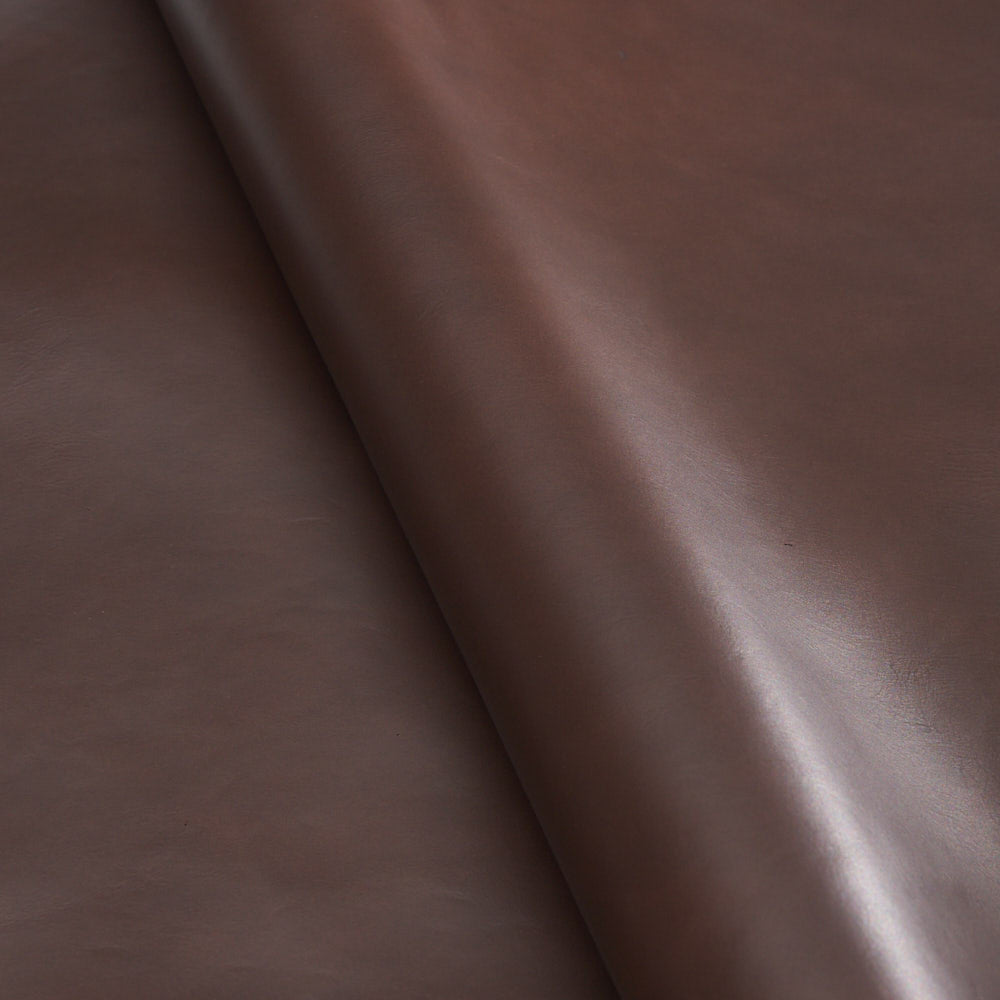

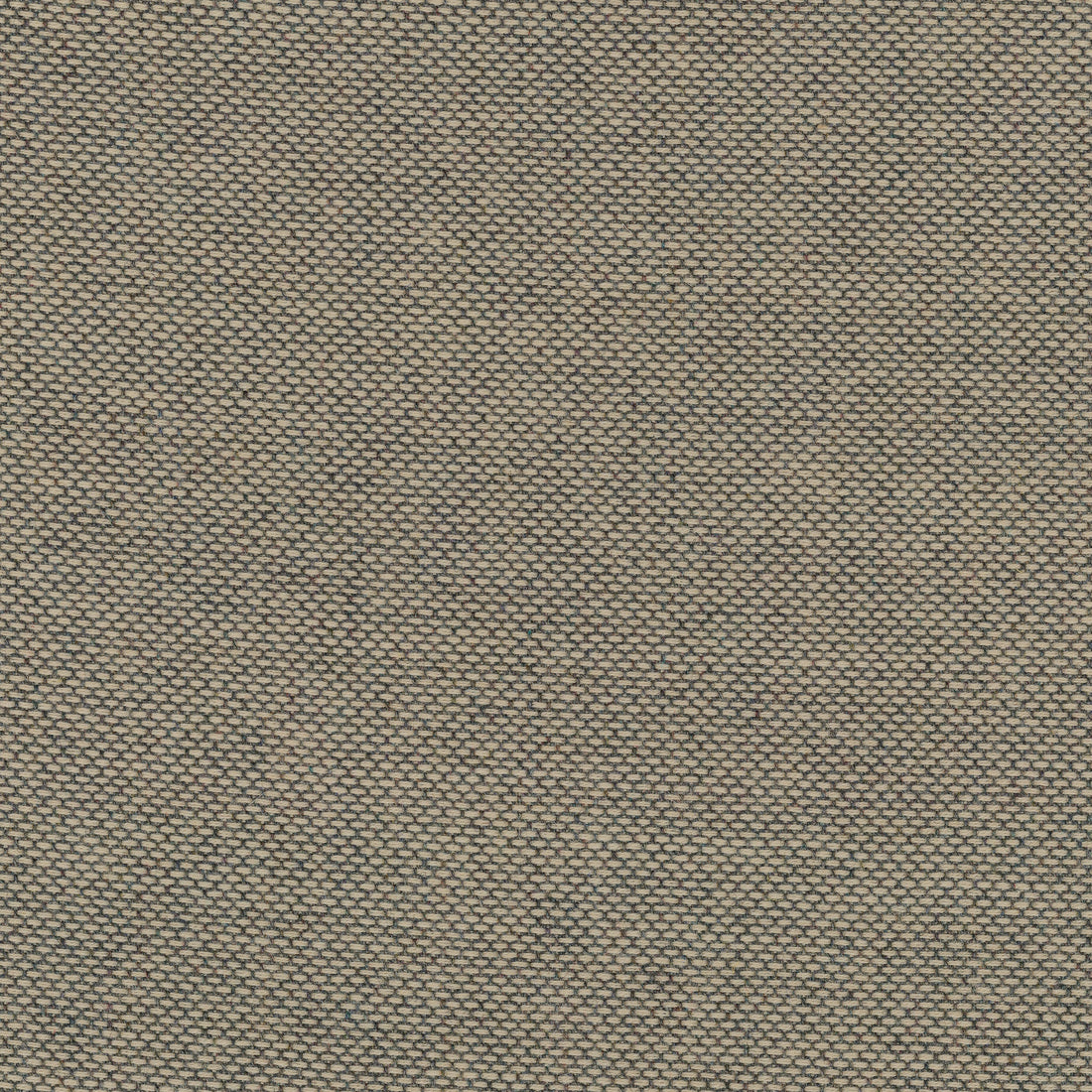
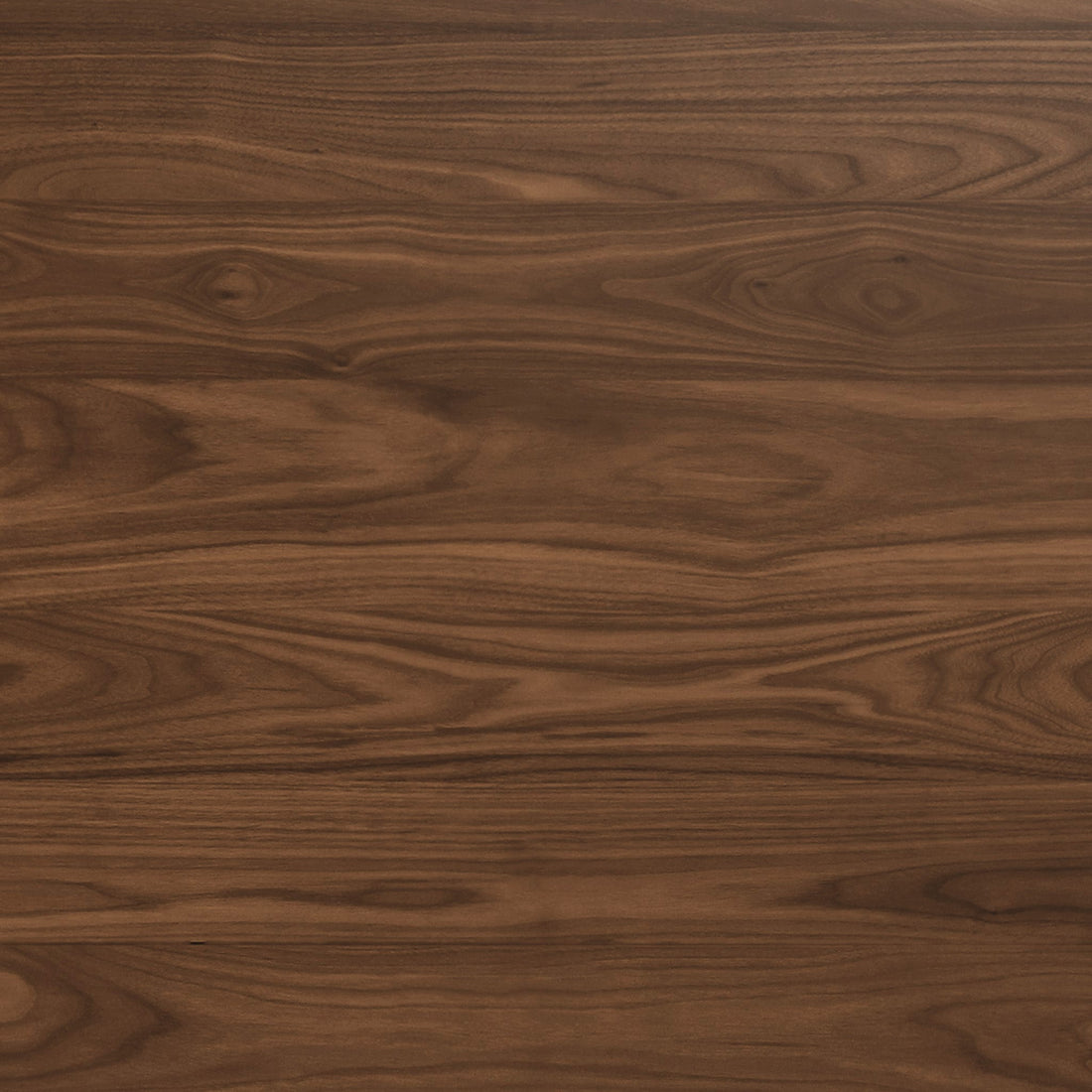
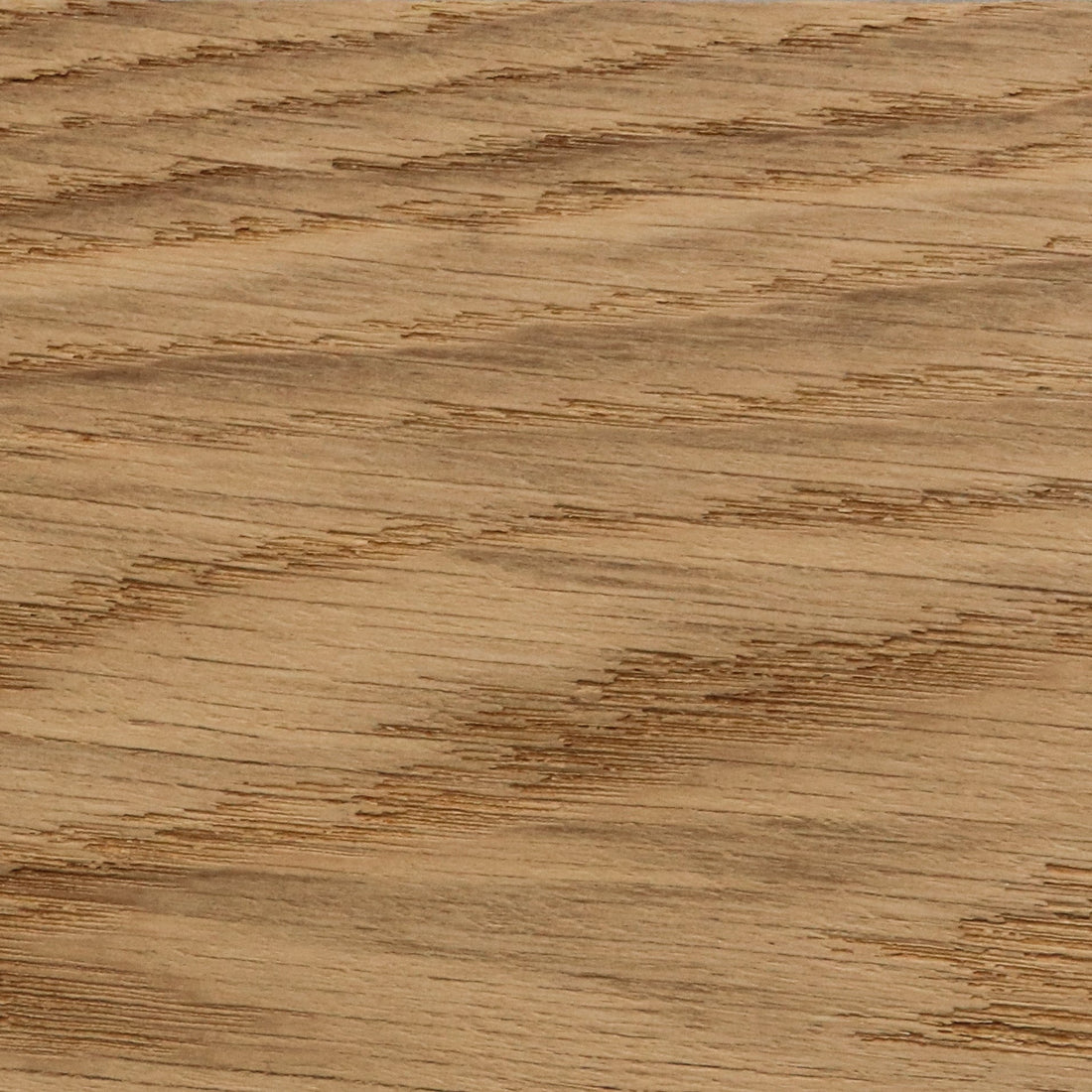
MEET THE DESIGNER
Ib Kofod-Larsen
Architect Ib Kofod-Larsen (1921-2003) had a successful career in the 1950s and 1960s when Danish design was flourishing across the world. A large part of his vast furniture catalogue was designed for the non-Danish market and manufactured abroad. He worked especially for American, Swedish, British and German furniture companies and manufacturers, and this may be the reason that his furniture has undeservedly become better known internationally than in his home country of Denmark. Ib Kofod-Larsen formed part of a movement known as Danish Modern, but he went slightly under the radar and worked in the shadow of Kaare Klint, Hans J. Wegner, Børge Mogensen, Arne Jacobsen, Finn Juhl and Nanna Ditzel. Today he is called one of the most underrated – but most exciting – names on the Danish design scene. And one of the greatest design brains Denmark ever had. “His furniture is sophisticated and well-proportioned with beautiful silhouettes and sculptural, organic lines and curves.” Although he himself felt like an artisan – and he had no academic approach to furniture design – there is something poetic and artistic about his designs. The soft lines. The visual lightness. The graphic purity. The free, artistic expression. He was a purist. A man of detail. At first glance, his furniture may seem simple, but at closer inspection it is full of detail. It is inventive and borders on engineering. He drew, sculpted, made prototypes, was involved in production and participated in the entire process down to every test and launch. He was a creative designer, maybe one of the greatest designers in the golden age of Danish design. He took an innovative approach. Not just to furniture, but to ways of thinking about furniture. First and foremost, he had an exceptional understanding of materials and an eye for the potential of the wood and the quality of the raw materials he used. He often worked in different types of wood – mainly teak and palisander in combination with real leather. To Kofod-Larsen, the most important thing was that the furniture should feel good. To the touch and when sitting in it. With all his chairs, The Penguin, The Seal and the Elizabeth Lounge Chair, his focus was on the person who was going to be sitting in them.
